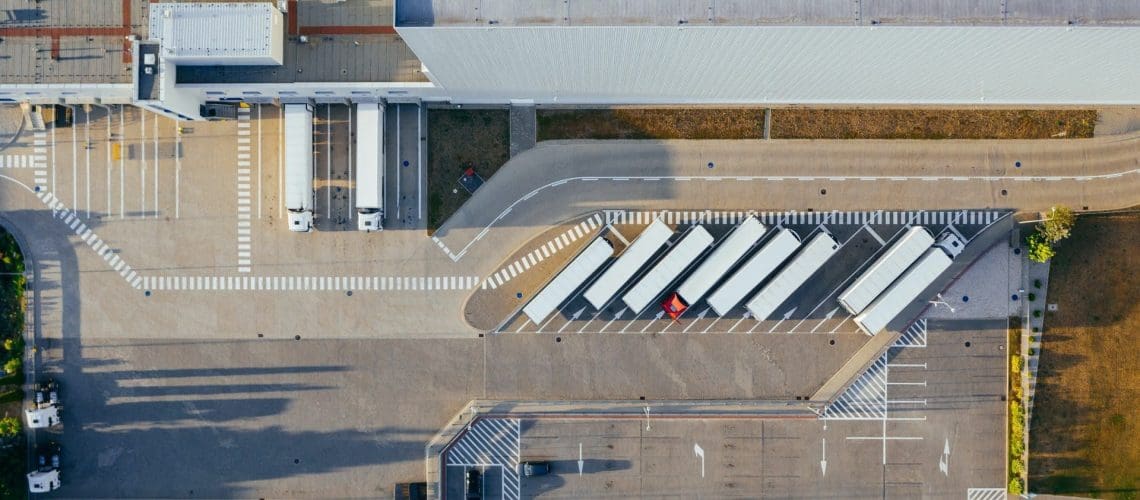Facility managers are always looking for ways to improve their strategies and run their facilities more efficiently. One area that is often overlooked is the use of 3D digital imaging solutions. A facility management strategy that includes 3D digital imaging can have numerous benefits for your organization. This technology can offer many pros to facility managers, including improved communication, better coordination, and increased efficiency. By utilizing this technology, you can improve efficiency and accuracy in a number of tasks related to facility management. Here are five ways that 3D digital imaging can benefit your facility management strategy:
Space Planning and Optimization
One of the biggest challenges in any type of facility management is efficient space utilization. By using 3D digital imaging, you can create accurate representations of your facilities which can then be used to plan and optimize the use of space. This is especially beneficial if you have multiple facilities or are constantly making changes to your existing ones.
Maintenance and Repairs
Another area where 3D digital imaging can be extremely helpful is in the maintenance and repair of your facilities. With accurate representations of your buildings, it becomes much easier to identify potential problems and take care of them before they cause serious damage. Additionally, this information can be used to create preventative maintenance schedules that help keep your facilities running smoothly.
Emergency Management
In the event of an emergency, having accurate 3D images of your facilities can be invaluable. These images can be used to assess damage, identify safe routes for evacuation, and develop plans for future emergencies. Additionally, they can be useful for insurance purposes or other legal claims that may arise from an incident at one of your facilities.
Energy Efficiency
Many organizations are looking for ways to reduce their energy consumption and costs. Utilizing 3D digital imaging in conjunction with building energy audits can help you identify areas where improvements could lead to significant reductions in energy usage. Additionally, ongoing monitoring of energy consumption trends across all of your facilities can help you further refine your strategies for reducing energy costs.
Security
Another important consideration in any facility management strategy is security. With detailed 3D images of your buildings, it becomes much easier to identify vulnerabilities and develop plans to mitigate them. This information can also be used by security personnel to more effectively patrol your premises.
As the world progresses, so does technology. 3D digital imaging is the latest and greatest way to view your facilities with more accuracy and from more angles than ever before. This type of imaging can help you plan and execute your facility management strategy flawlessly, as well as keep an eye on things even when you’re not there in person. By being able to see all aspects of your property or buildings, you can quickly identify potential problems and correct them before they cause major damage. Additionally, 3D digital images can be used for marketing purposes to show off your beautiful buildings and grounds to potential customers or partners. You’ll be able to gain a competitive edge by using this innovative technology in your facility management strategy!
IFTI PROvision has partnered with Matterport to bring you world-class 3D imaging Nationwide backed by a team of trained professional operators. A word about Matterport. Matterport is a three-dimensional camera system that can create realistic, interactive 3D models of real-world spaces. It is used in a variety of fields, including architecture, engineering, construction, and real estate. The system consists of a special camera and software that work together to capture data about the shape and appearance of a space. The data is then processed into a 3D model that can be explored interactively on a computer or mobile device. Matterport has a number of advantages over traditional 2D photography and video. It allows you to explore a space in three dimensions, from any angle, and to get an understanding of the scale and layout that would not be possible with 2D images. It also makes it easy to create accurate measurements and annotations for things like doors, windows, and other features within the space.


